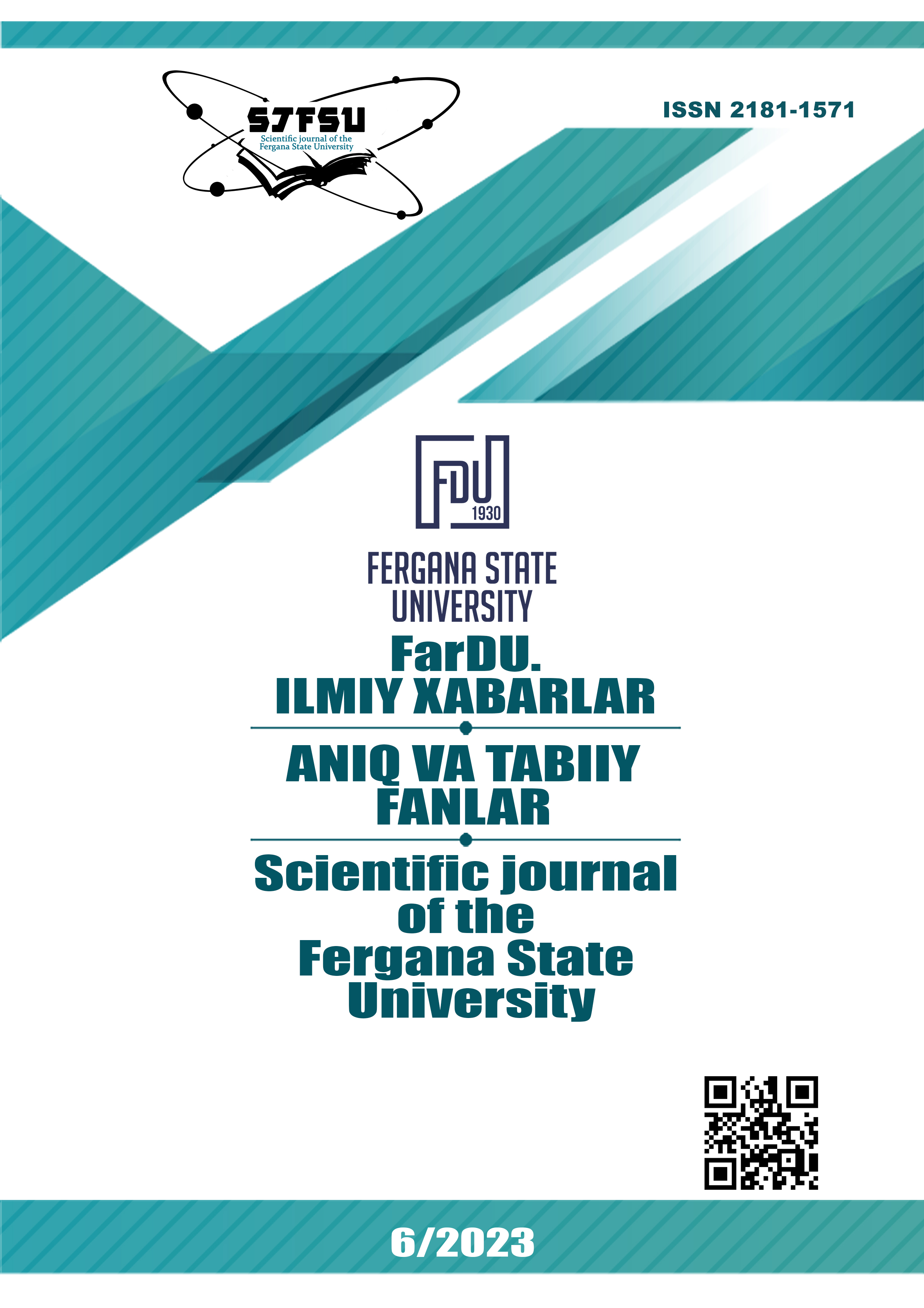SOME METHODS OF CATCHING THE VESPIDAE FAMILY AND SETTING TRAPS FOR THEM
Keywords:
Real wasps (Vespidae), bait traps, sticky traps, protective clothing, Vespology, fruit juice or meat.Abstract
This article is devoted to the methodology of catching and setting traps for representatives of the family of real wasps (Vespidae). This article describes in detail the methods of catching and protecting against wasps of the Vespidae family. The choice of trapping method depends on factors such as the species of Vespidae and the location of nests. It is important to consider safety precautions and local regulations when working with Vespidae species, as they can become aggressive when threatened.
References
Johnson, M. K., & Lee, S. Y. (2022). “Effective Bait Traps for Vespidae Control: A Comparative Study.” “Journal of Pest Management”, 54(3), 200-210.
Patel, A., & Garcia, E. L. (2020). “Environmental and Safety Considerations in Wasp Control.” “Journal of Urban Entomology”, 37(2), 112-123.
Smith, J. A., & Thompson, L. (2019). “Innovative Approaches to Wasp Trapping: An Ecological Perspective.” “Conservation and Pest Management Review”, 15(4), 158-167.
Davis, R., & Kumar, N. (2021). “The Use of Water Traps in Managing Vespidae Populations: Efficiency and Impact.” “Journal of Applied Entomology”, 48(1), 77-85.
“Rodriguez, J., & Williamson, H. (2018).” “Sticky Traps in Insect Control: A Focus on Vespidae.” “International Journal of Pest Management”, 64(3), 215-222.
“Yung, E., & Singh, R. (2022).” “Assessing the Efficacy of Different Wasp Trap Designs.” “Entomology Today”, 33(2), 100-109.
Hawkins, C. J., & Roberts, M. E. (2021). “Effective Trapping Techniques for Wasps and Hornets.” “Journal of Pest Control Research”, 39(2), 245-259.
Liu, S. Y., & Patel, K. (2020). “Identification and Behavior of Vespidae Species in North America.” “North American Entomology”, 47(4), 175-190.
Thompson, R. A., & Jackson, V. L. (2019). “DIY Wasp Traps: Construction, Placement, and Safety.” “Home and Garden Pest Management”, 5(1), 33-47.
Greenwood, F., & Khan, M. A. (2018). “Protective Measures and Safety Protocols in Wasp Control.” “Journal of Safety in Pest Management”, 22(3), 112-126.
Wu, H. X., & Fitzgerald, L. (2022). “Environmental Impact of Wasp Trapping: A Study on Non-Target Species.” “Environmental Entomology”, 50(6), 1304-1312.
Martinez, E. R., & Kim, D. H. (2017). “Humane Approaches to Insect Pest Control.” “Ethical Pest Management Quarterly”, 8(2), 54-68.
Singh, P., & Broderick, N. (2023). “Adaptive Strategies in Wasp Trapping: A Field Guide.” “Pest Management in Practice”, 31(1), 89-104.
Bellamy, D., & Clarke, S. (2020). “Integrated Pest Management: The Role of Trapping.” “Journal of Sustainable Pest Control”, 26(4), 410-425.
Fisher, A., & Gomez, L. (2019). “Record Keeping and Reporting in Wildlife Management.” “Wildlife Management and Conservation Journal”, 34(2), 140-155
Курзенко Н.В., Семейство Vespidae – складчатокрылые осы. Аннотированный каталог насекомых Дальнего Востока России. – Перепончатокрылые Т.I. – Владивосток : Дальнаука, 2012. – С. 423.
Andrade, F.R. & Prezoto, F. (2001). Horários de atividade forrageadora e material coletado por Polistes ferreri Saussure, 1853 (Hymenoptera, Vespidae), nas diferentes fases de seu ciclo biológico // Revista Brasileira de Zoociências, 3: –Р. 117–128.
Downloads
Published
Issue
Section
License
Copyright (c) 2024 Scientific journal of the Fergana State University

This work is licensed under a Creative Commons Attribution-NonCommercial-NoDerivatives 4.0 International License.
Most read articles by the same author(s)
- Oybek Maniyozov, Adhamjon Bozorqulov, Odilaxon Isomiddinova, FINDING THE SOLUTION OF FIRST-ORDER LINEAR ORDINARY DIFFERENTIAL EQUATIONS IN THE MAPLE SOFTWARE IN THE EDUCATIONAL PROCESS , Scientific journal of the Fergana State University: No. 1 (2023): Scientific journal of the Fergana State University (Exact and natural sciences)
- Adhamjon Tuychiyev, THE IMPORTANCE OF CRITICAL THINKING IN THE ERA OF DIGITAL TECHNOLOGIES , Scientific journal of the Fergana State University: No. 1 (2023): Scientific journal of the Fergana State University (Social humanities sciences)

